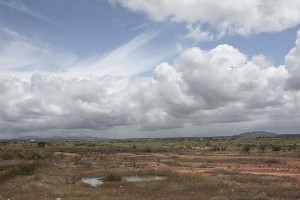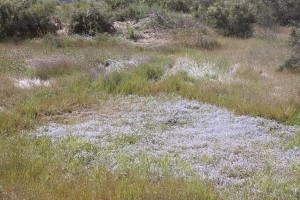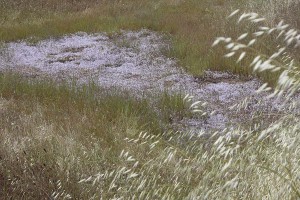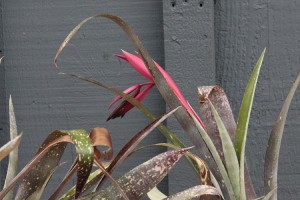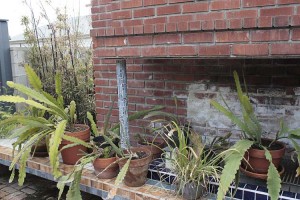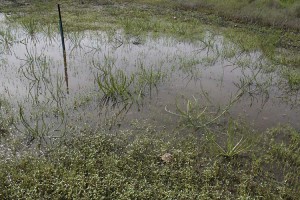Last week I participated in a trip to Miramar Mounds National Natural Landmark that I helped organize for a group of us from the local native plant society. Only a few visitors get to visit every year, so we were lucky to have the opportunity. JoEllen Kassebaum, Botanist for Marine Corps Air Station Miramar, interpreted for us.
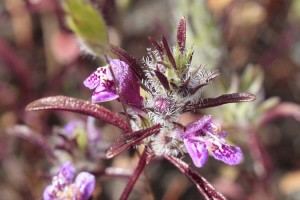
Several endangered species call the Landmark home. The best-known is probably San Diego mesa mint, Pogogyne abramsii, a plant with extremely limited distribution.
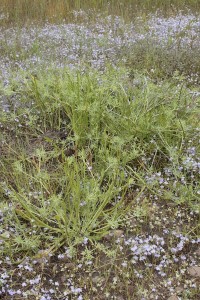
San Diego button celery is another endangered plant found on the Landmark. Both these species live only in vernal pools. The issue isn’t so much that the plants are wimps. Give them a little depression filled with water for a few weeks and they thrive. They’re endangered because the gently rolling terrain that favors the creation of vernal pools is also easy land to develop. (Sad to say, my house probably sits on land where vernal pools were found sixty years ago.)

The superstar of the pools last week, however, was the toothed calicoflower, Downingia cuspidata. The way it grows only in the pools creates a really cool effect when it blooms. The land around the pools is whatever color the chaparral is, but the pools become this solid mass of soft lavender.


Sorry for sharing so many of the downingia photos, but the displays were way too amazing not to!
And there were other things blooming away. Here’s a small sampling.

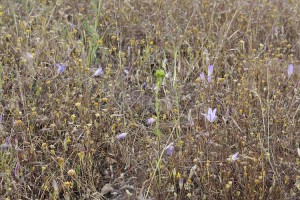

Bounded by freeways on two sides, a city landfill on another, and runways of the Marine airbase to the north, it’s an unpromising location for 400-plus acres of rare vernal pool habitat. The Landmark, dedicated in 1972, remains a part of MCAS Miramar. The land isn’t technically a preserve–national security interests could cause the land to be withdrawn back into military use. But the same reasons that make this an unlikely location for a nature destination–the freeways, the dump–also make it a compromised location for military activities. We can keep our fingers crossed that it remains dedicated to preserving these rare resources.

